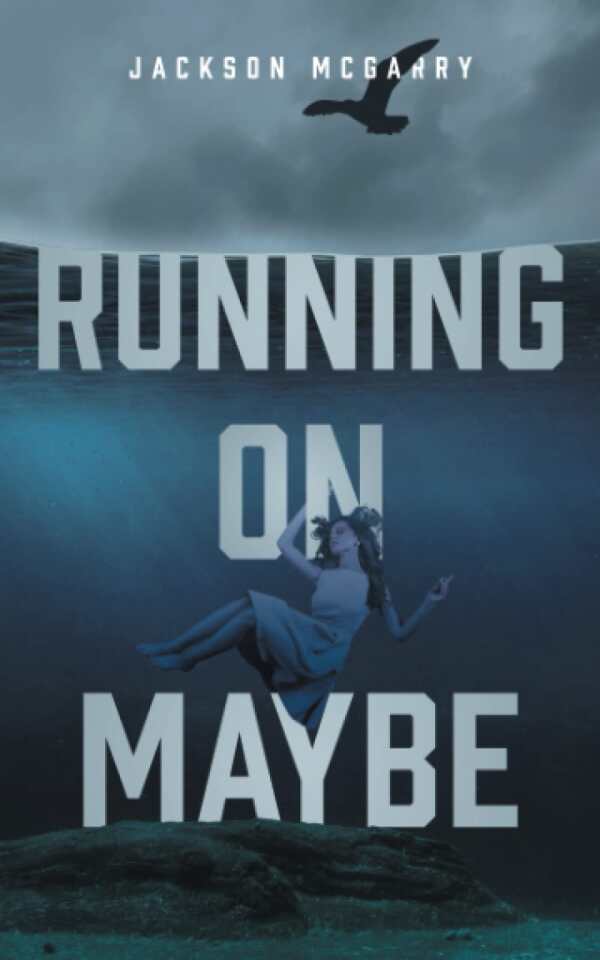Running on Maybe
In the sobering historical novel Running on Maybe, three troubled beings tackle issues of addiction, abuse, and power run amok.
In Jackson McGarry’s WWI-era historical novel Running on Maybe, various kinds of addicts hope to break free from their physical and psychological chains.
In Mississippi, Lillian is a depressed alcoholic. She mourns the deaths of two of her children in 1913. Her husband, Scanlan, abuses and torments her, even disowning her for her drinking. He also involves himself in political scandals that threaten the family’s safety.
The family’s parrot, Opelika, watches all of this from her cage; she is addicted to poppy and misses her own family. When Lillian thinks that she sees a woman who drowned in the river, she begins to worry about her grasp on reality. When these storylines converge, people can either overcome their addictions or face harrowing consequences.
The book’s characters and situations intertwine against the backdrop of an exciting overarching mystery. Ultimately, though, too many elements are established at once, including Lillian’s drinking problem, the reappearance of the dead girl, Scanlan’s political schemes, and Opelika’s depression. In their combined weight, these issues overwhelm the book’s progression and subdue its thrills. And the introduction of secondary characters with whom the central three characters interact further dilutes the story, even inhibiting the three heroes’ own development at times.
Lillian and Scanlan’s marriage adds intrigue, though. It is characterized by abuse and power struggles, and its tumultuousness commands attention. Still, the couple is often overshadowed by Opelika, whose experiences with poppy mirror Lillian’s experiences with drinking; their parallel storylines are engrossing. And Opelika’s views on the world outside her cage are colored by her empathy-inducing prior experiences and current circumstances, which are revealed bit by bit. Her connections and contributions to the story are invaluable.
The prose is fluid and quite detailed. But while some scenes are described in a vivifying manner, others are burdened by extraneous information—including the book’s action scenes, which are often dull because of their ample exposition. For example, an otherwise intense moment toward the end of the book is cushioned by some languid text that belies its urgency. Indeed, without the pointed contributions of characters’ realistic conversations, holes would remain in the tale.
In the intriguing historical novel Running on Maybe, connected beings tackle addiction, abuse, and power—as well as a looming mystery.
Reviewed by
Allison Janicki
Disclosure: This article is not an endorsement, but a review. The publisher of this book provided free copies of the book and paid a small fee to have their book reviewed by a professional reviewer. Foreword Reviews and Clarion Reviews make no guarantee that the publisher will receive a positive review. Foreword Magazine, Inc. is disclosing this in accordance with the Federal Trade Commission’s 16 CFR, Part 255.

